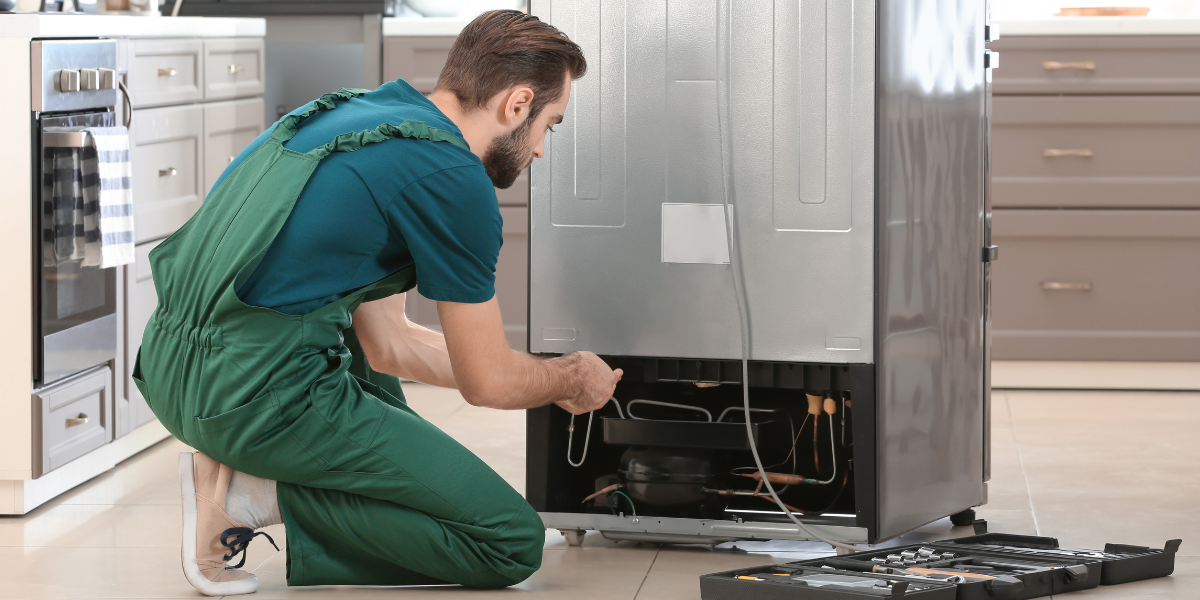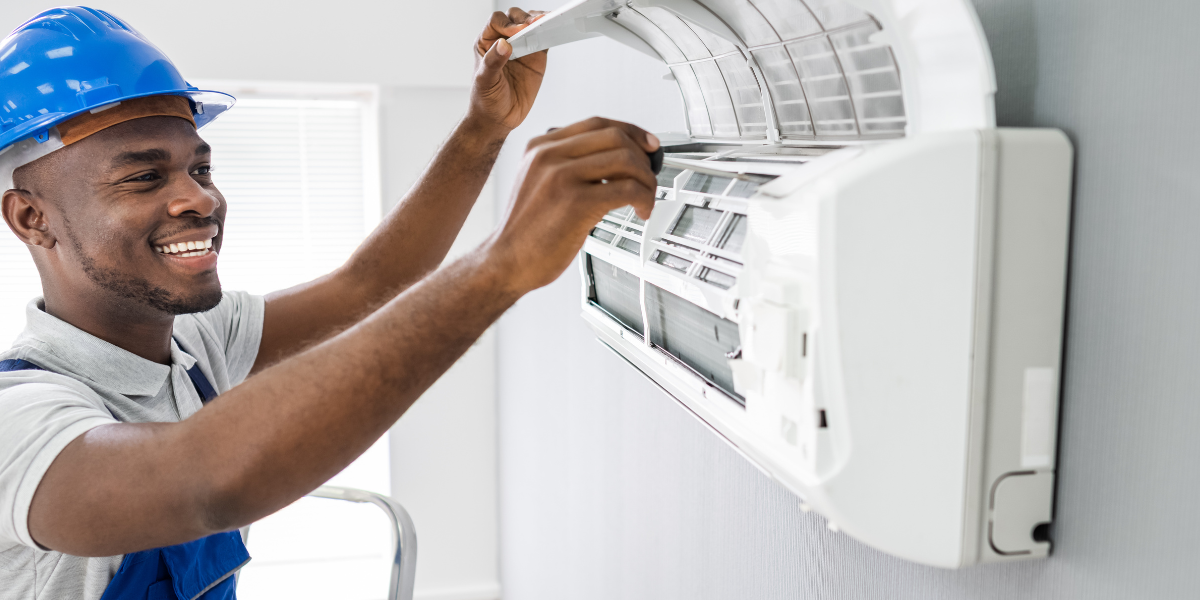Warranties and Return Policies: A Comprehensive Guide for Repair Technicians
Nothing says "great customer service" like a technician who knows their way around a warranty
As appliance technicians, we're no strangers to taming mischievous microwaves and stubborn stoves. But every now and then, we face something that leaves even the toughest nuts (and bolts) among us shaking in our steel-toe boots. Yes, you guessed it – those incomprehensible warranty contracts and return policies!
What is a Warranty?
Warranties. You know, those documents your customers wave in your face when their toaster has gone rogue and is burning their bread to a crisp. Think of a warranty like a parachute that manufacturers toss in with their products. If the product decides to take a nosedive within a certain time frame, the warranty is there to cushion the fall. In essence, it is a legally binding guarantee promise from a manufacturer to repair, replace, or refund a product if it breaks or malfunctions within a set period. But just like a parachute, it doesn't work if you don't know how to use it properly.
What Does a Warranty Cover?
Does the manufacturer shoulder the cost for both parts and labor, or just one of them? Does an extended warranty fill in the gaps not covered by the manufacturer's warranty, such as customer-induced damage or installation mishaps?
To answer these questions, it's beneficial to have the owner's manual at hand, as it typically outlines warranty details. Therefore, encouraging customers to keep this manual within reach will make your job easier. While it would be nice to believe that a warranty covers every possible scenario, it typically only covers defects related to the materials used or the way the product was put together.
Commercial services can have vastly different warranty terms. In cases where customers can't provide warranty details, you should be able to rely on your office for this information. If you're uncertain, make sure to clarify before completing the repair as you don't want an unpleasant surprise otherwise – be it an unsuspecting customer now expected to foot the bill or discovering that the manufacturer won't cover the completed job.
What is a Return Policy?
Return policies are like the 'undo' button on a purchase, giving customers the chance to return unsatisfactory products within a specified period for a refund, replacement, or store credit.
What Does a Return Policy Cover?
Every retailer has a different policy, but they all typically revolve around the same basic elements: when can the product be returned, what condition must it be in, and who pays for shipping? Some retailers even offer a "no questions asked" return policy to boost customer confidence.
You might think this is pretty straightforward, right? But we technicians know better. It's a tale as old as time. "But I thought my return window was 60 days!" No, sir, it's 30 days. Or the classic, "But I barely used it!" - as we gaze upon a blender that looks like it's survived a nuclear apocalypse.
How to Decide Warranties and Return Policies

Decoding these policies requires a Sherlock Holmes level of attention to detail. Here are a few steps to guide you:
For Warranties
- Identify the Covered Parties: Some warranties only cover the original purchaser, while others may be transferable to subsequent owners.
- Check the Coverage Scope: Warranties can often exclude certain components or specific kinds of damage, so it's essential to know exactly what is covered.
- Determine the Warranty Duration: Warranties usually operate within a defined time frame, marked by a start and end date. Knowing these dates can help prevent any miscommunication.
- Understand the Claim Process: It's important to know the steps a customer must take to initiate a warranty claim. Is there a designated procedure they need to follow?
- Pinpoint Actions That Could Invalidate the Warranty: Certain activities, such as unauthorized repairs, misuse of the product, or neglecting necessary maintenance, could void the warranty.
For Return Policies
- Return Period: This details how long customers have to return a product after purchase or delivery. This timeline is crucial and typically begins from the day of purchase or delivery.
- Return Condition Requirements: Retailers may have different stipulations about the state of the product for it to be eligible for return. Some may require the item to be unused and in its original packaging, while others accept returns on items that have been opened or used.
- Refund Method: Refunds can come in various forms, such as a reversal to the original payment method, store credit, or a product exchange. It's important to know which method the retailer employs.
Using Warranties and Return Policies to Your Advantage
Why is Warranty Work Important?

Understanding these policies can save you and your customers significant time, money, and headaches. Here are some ways you can leverage this knowledge:
- Effective Communication: By understanding the warranty and return policy, you can better communicate to your customers what they can expect in terms of service, repairs, or returns. This open dialogue can prevent confusion and potential disputes down the line.
- Value-Added Service: Your knowledge can add value to the services you provide. For example, guiding a customer to utilize their warranty instead of paying out-of-pocket for a repair fosters trust and might result in repeat business or referrals.
- Informed Recommendations: If a product is constantly needing repairs, it might be more cost-effective for the customer to return the product (if the return policy allows) or invoke the warranty for a replacement.
How to Use a Warranty For a Repair Job

Using a warranty when conducting a repair for a customer involves specific steps and considerations to ensure the repair is handled correctly and the customer's warranty coverage is honored. Here's how you should use a warranty when performing a repair:
- Verify the Warranty Status: Before starting any repairs, confirm whether the customer's product is still within the warranty period. Request the customer to provide the warranty documents or proof of purchase to validate the warranty coverage.
- Seek Authorization: If your repair center is not an authorized service provider for the product under warranty, you may need to seek authorization from the warranty provider before proceeding with the repair. This step is crucial to avoid voiding the warranty.
- Document the Issue and Repair Process: Thoroughly document the issue reported by the customer. Take notes, photos, or videos as necessary to provide evidence of the problem and its extent. Keep detailed records of the repair work performed, including the parts used, procedures followed, and any tests conducted.
- Communicate with the Warranty Provider: If required by the warranty terms, contact the warranty provider or customer support to inform them about the issue and the need for repairs. Follow their instructions for initiating the warranty claim.
- Use Genuine Parts: If the warranty mandates the use of original or genuine parts for repairs, ensure that you source and use the appropriate parts from authorized suppliers. Using non-genuine parts might void the warranty.
- Perform the Repair: Carry out the repair following best practices and manufacturer guidelines. Make sure to address all the issues covered under the warranty while being careful not to cause additional damage during the repair process.
- Retain Old Parts (if necessary): If the warranty provider requires the return of replaced parts, safely store the old parts until further instructions are given.
- Inform the Customer: After completing the repair, provide the customer with documentation that confirms the repair was done under warranty coverage. Include details such as the repair date, description of the work done, and any warranty terms or service reports. Communicate with the customer about the repair process, the findings, and the resolution. Inform them about any actions they need to take or precautions to follow to maintain the warranty coverage.
So There You Have It!

The next time you're faced with the daunting task of understanding a warranty or return policy, remember - it's not as scary as it seems. You can save the day, prevent disputes, and even recommend if they should return a product that's more trouble than it's worth. You've got this. You're ready to take on the world, one appliance at a time!
